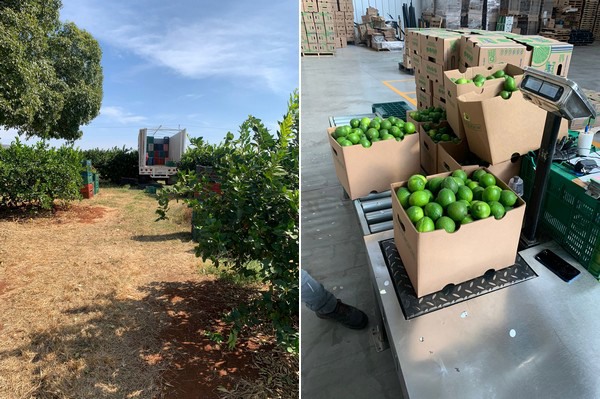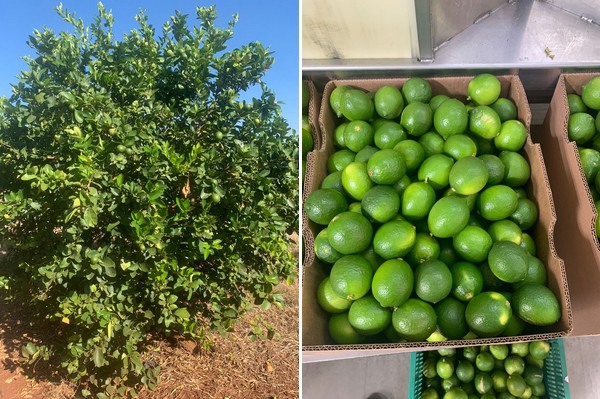The Persian lime price increase has resulted in decreased demand. It is attributable in part to inclement weather in many growing regions, low supply, labor shortages, higher input costs and increased transportation rates.
 Decreased demand for Persian limes means Continuous Harvest has been importing fewer limes into the U.S.
Decreased demand for Persian limes means Continuous Harvest has been importing fewer limes into the U.S.
For Continuous Harvest that decreased demand means it has been importing less of its limes into the U.S. The price increases for Persian limes started earlier than anticipated this year--historically speaking, Persian lime prices start peaking in February. With lime prices already being so high out of Continuous Harvest’s facility in Pharr, TX, coupled with increased trucking rates to get the limes to customers in the USA or Canada, the pricing is just not justifiable for many buyers. On a weekly basis, limes are one of the company's top imports in the U.S., but that has not been the case since the start of the new year.
To give more insight as to how tight supply is and how decreased yields are, in December 2021, there was a four percent decrease in Persian lime production in Mexico compared to December 2020. Even more so, in one growing region, there was a roughly 50 percent yield decrease compared to what’s historically been seen in that region. These statistics really help shed light on the supply issues being faced.
 December 2021 saw a four percent decrease in Persian Lime production in Mexico compared to December of 2020.
December 2021 saw a four percent decrease in Persian Lime production in Mexico compared to December of 2020.
As noted, other outside factors are also not helping the situation. Inflation and labor shortages are amplifying the issue and causing prices to be even higher. Continuous Harvest anticipates prices to remain high through February and possibly into March. But the hope is that, during this time frame, as yields start to increase, pricing will begin stabilizing a bit more compared to what is currently being seen. February is when historically lower yields are already seen. But the hope is that yields will increase just a little more compared to what is currently available and as Continuous Harvest starts entering new blooms, it should start seeing that happen.
 For more information:
For more information:
Mariam El-Agha
Continuous Harvest LLC
Tel: +1 (281) 701-6050 (cell)
mariam@continuous-harvest.com
www.Continuous-Harvest.com
